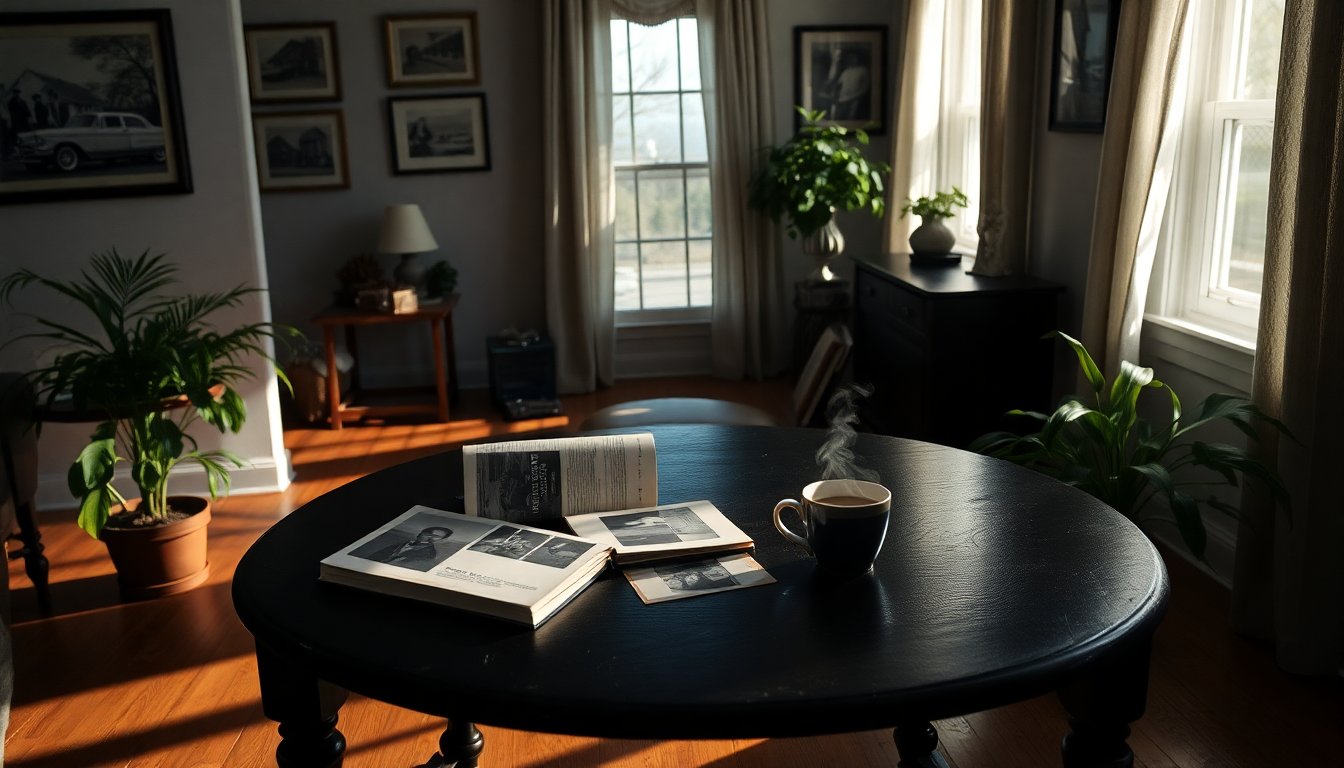Table of Contents
In the evolving landscape of cinema, psychological thrillers often tread the delicate line between intrigue and confusion. Nadia Latif’s debut feature, which premiered at the Toronto International Film Festival, aptly illustrates this struggle through its adaptation of Walter Mosley’s novel, The Man in My Basement. Set in the historically rich African American community of Sag Harbor, the film delves into themes of guilt, trauma, and racial tension. However, it is often constrained by its literal interpretations, which limit its symbolic resonance.
Market Overview: Cinematic Context and Themes
The Man in My Basement introduces viewers to Charles Blakey, a young Black man grappling with the financial instability of his mother’s inherited property. With foreclosure looming, a wealthy outsider, Anniston Bennet, portrayed by Willem Dafoe, proposes an unconventional solution: renting Blakey’s basement for a substantial sum without any questions asked. This premise sets the stage for a psychological exploration that seeks to invert traditional power dynamics.
As Blakey navigates his struggles, he uncovers ancestral artifacts that suggest deeper cultural narratives. Unfortunately, the film’s pacing and dialogue often fail to engage the audience, as the plot meanders through abstract exchanges between Blakey and Bennet. While the film attempts to draw from Mosley’s original vision of contrasting innocence with malevolence, it frequently becomes bogged down by its literal interpretations, missing the opportunity to ignite the symbolic potential of its narrative.
Character Dynamics and Symbolism
Latif’s direction shows promise, particularly in her depiction of Blakey’s simmering rage and insecurity. However, these moments of energy dissipate as the story progresses. The dynamic between Blakey and Bennet introduces an intriguing conflict, yet as Bennet constructs a makeshift prison in Blakey’s basement, the film’s exploration of psychological themes falters. The masks and artifacts intended to evoke ancestral memories instead serve as plot devices that disrupt narrative cohesion.
The film’s dialogue, much of which consists of monologues delivered by Dafoe’s character, aims to elucidate the underlying themes but often lacks the visual depth needed for meaningful resonance. These lengthy explanations do little to propel the narrative forward, leaving viewers grappling with abstract concepts that rarely transform into tangible insights.
Conclusion: Opportunities and Challenges in Cinematic Storytelling
Ultimately, The Man in My Basement presents a narrative rich with potential yet hindered by its execution. The film aspires to comment on personal trauma and the complexities of Black history in the United States, but it often feels as though it barely scratches the surface. The character of Blakey, despite being performed with impressive emotional range, fails to evolve into a compelling protagonist, leaving audiences unfulfilled in their quest for connection and understanding.
As a reflection of contemporary psychological storytelling, this film underscores the importance of balancing thematic depth with narrative clarity. In a market where psychological thrillers can either captivate or confuse, The Man in My Basement serves as a case study in the challenges filmmakers face when navigating the intricate dynamics of human emotion and societal commentary.


